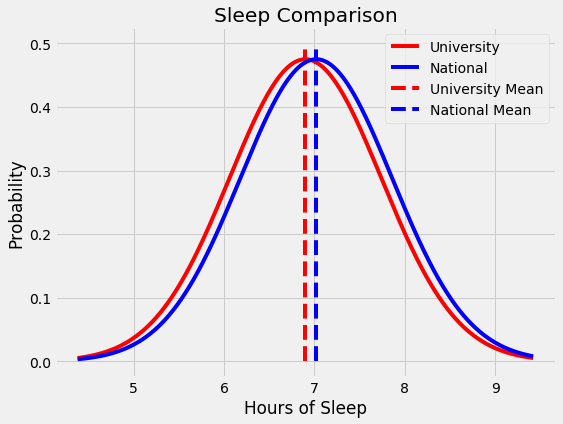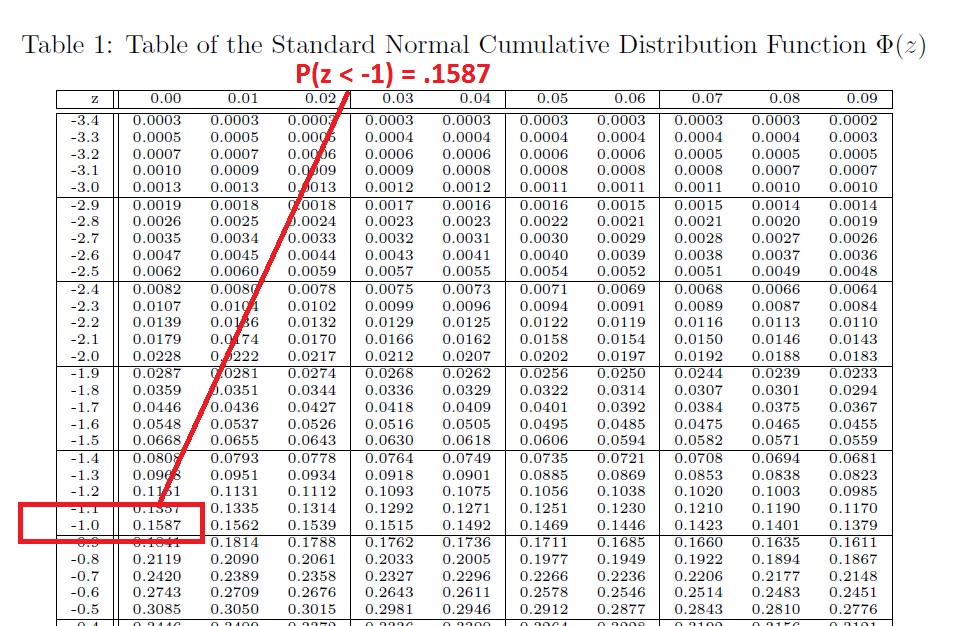

An effect size is a numerical index of how much To help ‘translate’ the result to the real world, we can use an effect size. Just because a result has statistical significance, it doesn’t mean that the result has any real-world importance.

This means that the probability of your finding occurred by chance is greater than 5%, and suggests that there is no evidence of a real-worldĭifference or relationship between two groups or variables. If your observed statistic is less than the critical value (observed. Real-world difference or relationship between two groups or variables.ī. This means that the probability that this finding occurred by chance is less than 5%, and is evidence in support of a likely If it is below our alpha (p critical), reject the null hypothesis. If the p value is above the alpha value (p>. For statistical significance, alpha is used as the threshold value and the p value is compared to it. 01 (1%), meaning that we are 99% confident we won’t make a Type I error.Alpha is not to be confused with the p value, which is the specifically calculated probability of the Tests will use smaller alpha values such as. 05 (5%), meaning that we are 95% confident that we won’t make a Type I error. Going to make a Type I error (i.e., reject the null hypothesis when it is true).Alpha values are typically set at. This is referred to as the alpha value, and represents the probability you are Prior to any statistical analyses, it is important to determine what you will consider the definition of statistically significant to be. Not occurring by chance suggests that it is likely to happen in the real world, and so should have been identified as significant. This means that the results are identified as non-significant when they actuallyĭid not occur by chance. A Type II error occurs when the null hypothesis is retained when it should have been rejected (i.e., a false negative). Because they occurred by chance, it is unlikely to happen in the real world and so should have been identified as This means that the results are identified as significant when they actually occurred by chance. A Type I error occurs when the null hypothesis is rejected when it should have been retained (i.e., a false positive). When dealing with chance, there is always the possibility of error – including Type I or Type II errors. This will in turn will affect the conclusions that you can draw from your research. Because itĭid not occur by chance,it is likely to occur in the real world. However, if your null hypothesis did not occur by chance, then we reject the null hypothesis and conclude there is a difference. Because the result occurred by chance,it is not likely to happen in the real world.

If your null hypothesis occurred by chance, then we do not reject (retain) the null hypothesis and conclude there is noĭifference. In this case, the two groups or variables are not equal, and so couldĪ key purpose of statistical significance testing is to determine whether your null hypothesis occurred by chance.

The two groups or variables are equal.In contrast, an alternate hypothesis predicts that there is a difference or relationship between two groups or variables of interest. A null hypothesis predicts that there is no difference or relationship between two groups or variables of interest and therefore Therefore, having a thorough understanding of what statistical significance is, and what factors contribute to it, is important for conducting sound research.Ī hypothesis is a particular type of prediction for what the outcomes of research will be, and comes in two forms. However, it’s commonplace for statistical significance (i.e., being confident that chance wasn’t involved in your results) to be confused with general significance (i.e., having importance).Ī statistically significant finding may, or may not, have any real-world utility. When a result is identified as being statistically significant, this means that youĪre confident that there is a real difference or relationship between two variables, and it’s unlikely that it’s a one-off occurrence. Statistical significance is a term used to describe how certain we are that a difference or relationship between two variables exists and isn’t due to chance. ‘Significance’ generally refers to something having particular importance – but in research, ‘significance’ has a very different meaning. When reading about or conducting research, you are likely to come across the term ‘statistical significance’. Published: 27th September 2021 What is statistical significance?


 0 kommentar(er)
0 kommentar(er)
